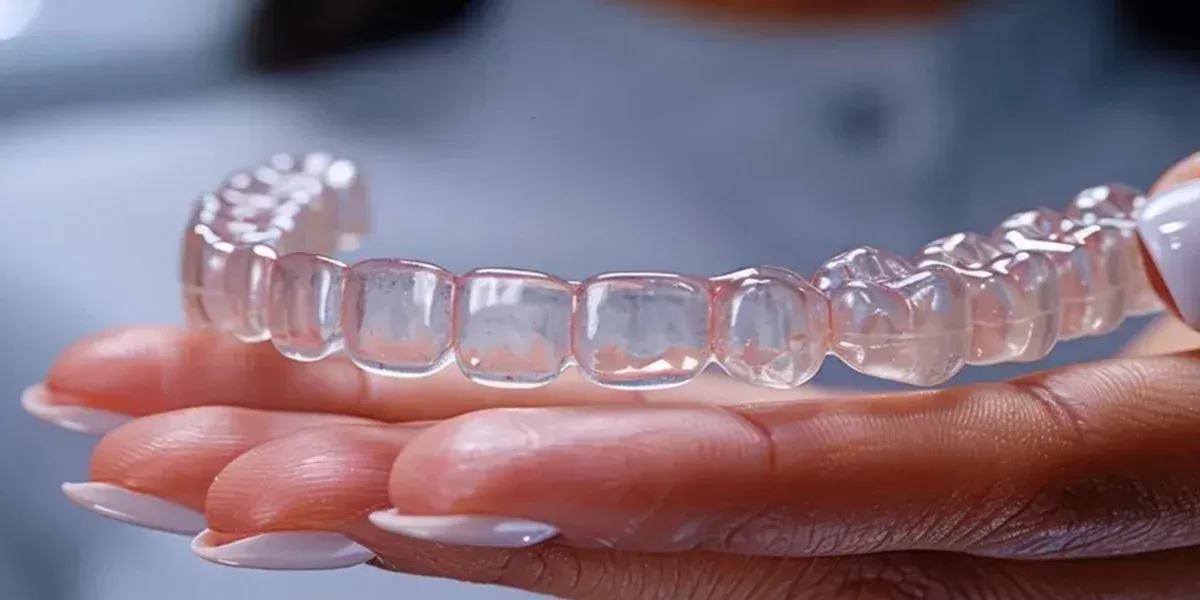
Unlocking New Avenues in Personalised Dental Wellness
Introduction: Bespoke Dental Care The landscape of modern dentistry is evolving rapidly, with personalised care emerging as a cornerstone of contemporary practice provided by a private dentist Bristol. As patients seek more tailored approaches to their oral health, dental professionals are responding with innovative solutions that cater to individual needs, preferences, and circumstances. The Evolution…





